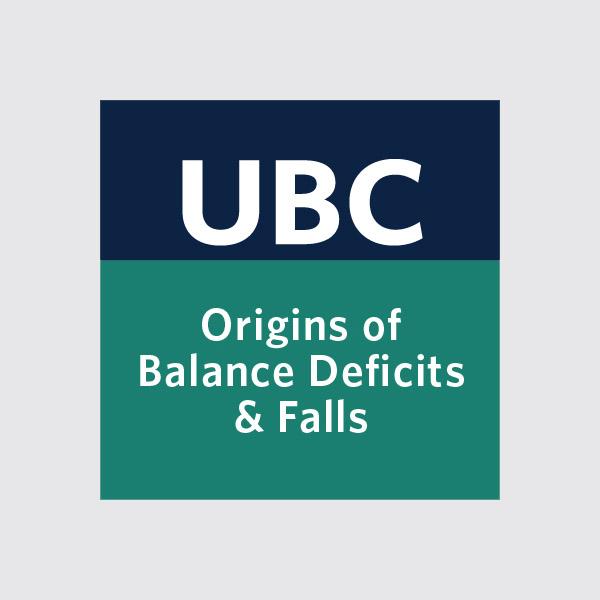Romain Tisserand
Assistant Professor
School of Kinesiology, School of Sport, Exercise and Rehabilitation Sciences
Faculty of Education
My main research focus is to better understand the neuro-mechanical factors underlying the control of balance in humans when they move. A first objective of my research is to identify how these factors evolve with age and pathology (Parkinson's disease, stroke, cognitive deficits, etc.) in order to reduce the occurence of falls and to improve fall-related rehabilitation and prevention procedures. A second objective is to identify new tasks, exercises and training that would be beneficial and adapted to populations with balance deficits and/or experiencing movement disorders to reduce their risk of falling and/or enhance their automony. Finally, a third objective is to identify how to optimize neuro-mechanical factors of balance control in order to improve sports performance in athletes. To address these objectives, I use an integrative approach to study the dynamic contol of balance, combining advanced research techniques in biomechanics, neuroscience, electrophysiology and psychology. I notably have experience in using 3-D full-body motion analysis, surface electromyography and sensorimotor electrical stimulation (vestibular, proprioceptive).
